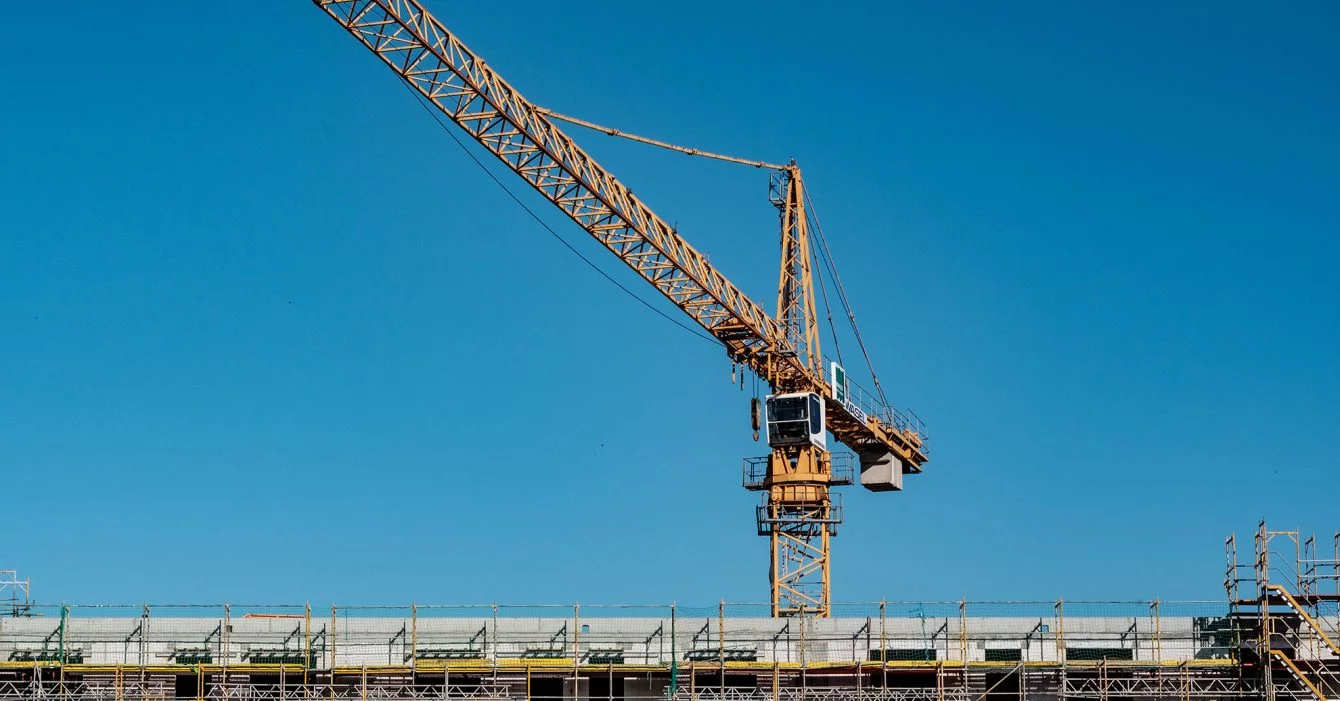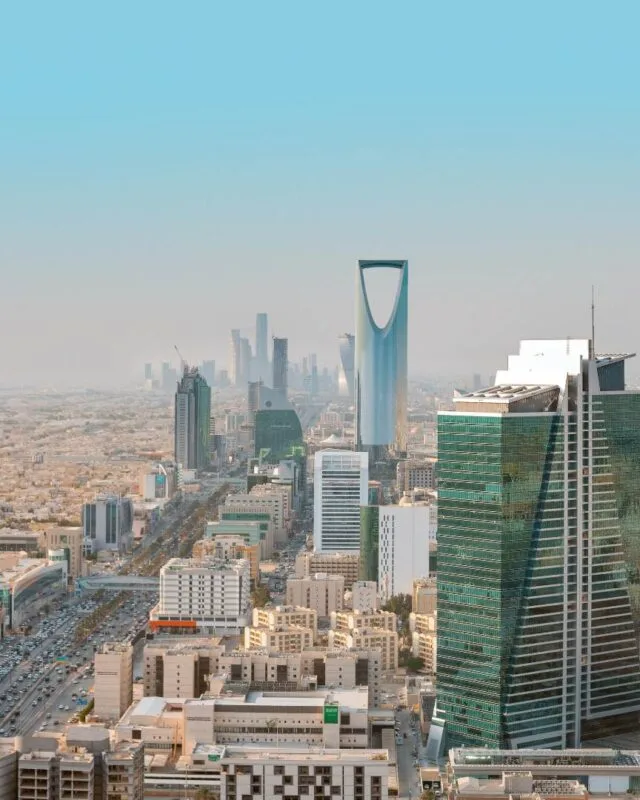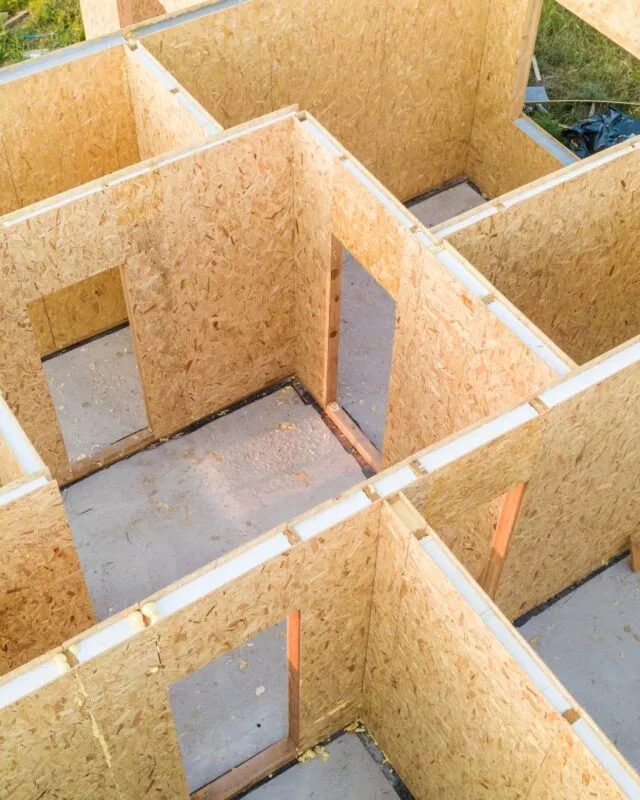Saudi Arabia’s construction sector has long been a symbol of growth and development in the Middle East, but it faces a unique set of challenges and opportunities as it progresses into 2023. The Kingdom’s ambitious Vision 2030 initiative, along with a series of mega projects, sustainable development goals, and increased investment in infrastructure, have laid a strong foundation for the industry. However, the sector must also navigate various challenges to realize its full potential. This article explores the key challenges and opportunities facing Saudi Arabia’s construction sector.
Challenges:
- Economic Uncertainty: Despite efforts to diversify the economy, Saudi Arabia remains reliant on oil revenues. The volatility of oil prices in the international market can impact the government’s ability to fund construction projects and infrastructure development.
- Global Supply Chain Disruptions: The construction industry is grappling with global supply chain disruptions, which have led to delays and increased costs for materials. This can affect project timelines and budgets.
- Sustainability and Environmental Concerns: While Saudi Arabia is making strides in sustainable development, balancing rapid construction with environmental preservation remains a challenge. Ensuring that projects adhere to environmental standards is crucial.
- Skilled Labor Shortages: The demand for skilled labor in the construction sector is high, and there is a shortage of experienced workers in some areas. This can lead to increased labor costs and potential delays in project completion.
- Regulatory Changes: Frequent changes in regulations and compliance requirements can pose challenges for construction companies. Adapting to new rules and ensuring compliance can be time-consuming and costly.
Opportunities:
- Vision 2030: Saudi Arabia’s Vision 2030 is a driving force behind the construction sector’s growth. It provides a clear roadmap for diversifying the economy and investing in various sectors, including infrastructure and real estate.
- Mega Projects: Projects like NEOM, the Red Sea Project, and Qiddiya offer enormous opportunities for construction companies. These mega projects not only boost the industry but also create jobs and stimulate economic growth.
- Sustainable Development: The emphasis on sustainable development aligns with global trends and opens doors for innovative, eco-friendly construction practices. This presents opportunities for companies specializing in sustainable construction technologies.
- Private Sector Engagement: The government’s focus on public-private partnerships (PPPs) and privatization initiatives encourages private sector participation in construction. These collaborations attract investment and foster innovation.
- Infrastructure Development: Continued investment in transportation and logistics infrastructure, such as the Riyadh and Jeddah Metros, provides a steady stream of projects for construction companies.
- Housing Initiatives: Initiatives like Sakani, aimed at providing affordable housing options to citizens, drive demand in the residential construction sector.
Conclusion
Saudi Arabia’s construction sector stands at a crossroads in 2023, balancing challenges with unprecedented opportunities. While economic uncertainty, supply chain disruptions, and environmental concerns present hurdles, Vision 2030, mega projects, sustainability goals, and private sector engagement offer a bright path forward. The construction industry remains a vital pillar of Saudi Arabia’s economic diversification efforts, creating jobs, enhancing infrastructure, and driving innovation. As the sector navigates these challenges and seizes the opportunities, it plays a crucial role in shaping the Kingdom’s future and contributing to its long-term prosperity.



